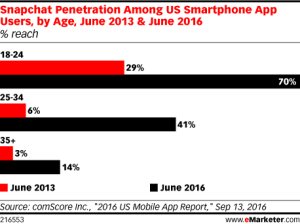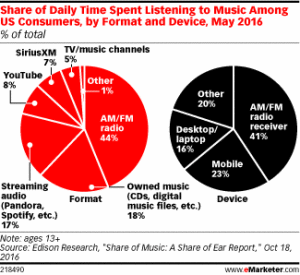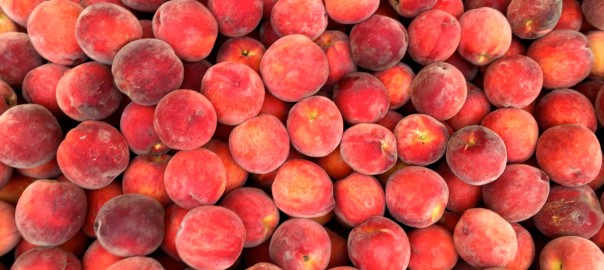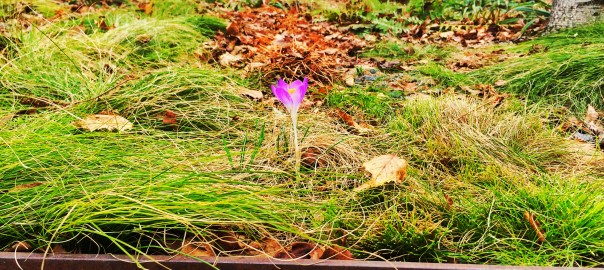PREMIUM WEBSITE ADS PERFORM BETTER
A new study from ComScore underlines that ads on premium websites—such as the New York Times, WSJ, and various imprints of Condé Nast and Hearst media—deliver better results than ads on non-premium websites. From the Wall Street Journal article on this report:
“The study, which comScore said analyzed the ad campaigns of 15 large brands across a number of advertiser categories, concluded that ads placed on DCN sites were 67% more effective than non-DCN sites. According to comScore, that difference confirmed that ‘premium sites deliver premium performance.’
“The study also found that premium publisher sites were more effective in driving so-called ‘mid-funnel brand metrics,’ which measure consumer attitudes including favorability, consideration and intent to recommend.
“’The primary driver of this increased effectiveness is the halo effect that comes from the value of the contextual environment in which these ads are seen,” the report concluded. Basically, ads perform better when they appear alongside high-quality content.”
This is a value-proposition inherent in the way ads on premium websites are priced—with CPMs often 2-3x as expensive as non-premium sites—and matches with results we see at Verso. But it’s good to have more data backing up our observations.
Here’s a link to more detail from report from AdWeek. And here’s Niemen Lab’s take on the same study.
#targeting #data #performance #ripepeachestastebest
GOOGLE ADDS NATIVE TO PROGRAMMATIC TOOLS
Google announced that it now can deliver native ads programmatically. The best performing native ads are those that are crafted in the unique voice of a particular website, and that ability is still beyond the reach of Google’s system. But adjusting headline and copy to each website’s particular style is a decent, and more affordable second option.
#native #programmatic #google #everypeachisdifferent
PRIME DAY BEYOND AMAZON
Amazon’s Prime Day was discussed (and dissed) as an expression of the company’s power, which it was . . . But that doesn’t mean the news was all bad for smaller retailers who took advantage of the “deal hunting” in the communal air to up their own business. In a study of last year’s Prime Day, BloomReach found that traffic to other retailers was up 21% and conversion improved by an average of 57% as a result of Prime Day. It’s a form of the real estate adage, “location location location.” Put your business where the action is, and use the wind as it is (even if you don’t like the source of the hot air) to power your boat.
#primeday #amazon #local #localpeaches
SPONSORED LOCATIONS IN POKEMON GO
You knew this was coming, right? Pokemon Go is introducing “Sponsored Locations,” a new revenue stream for Niantic, the maker of the app, and a good idea for marketers, especially if they’re a bricks and mortar retail store . . . or a company that sells its products there.
#pokemongo #geotargeting #peacheeoto
THE END OF LANDSCAPE VIDEO?
After Snapchat has declared the rise of vertical video, a new report suggests square video is not only the format needed for Instagram, it’s also proving to be the best performing format for video on Facebook in several head-to-head tests:
“For the past several months, we have started shooting videos for square crop and posting videos in square crop,” said Jason Stein, founder and CEO of Laundry Service. “We are doing this because in executing the media buys for these videos, we found that view-through rate and engagement rate are much higher on square than landscape videos. This is likely due to the larger amount of real estate that a square video gets in feed.”
#video #creative #uprightpeaches
CROWDSOURCED AD DELIVERY
A new company called Wrapify is allowing any car owner to let their car become a trackable, digitally connected, moving billboard. Spotify and PetCo are advertisers who have tested the technology for their own products. Here’s a link to the AdWeek story.
#digital #outdoor #peachesforeveryone
Photo: Peaches from Union Sq Greenmarket (c) 2016 Martha Otis













